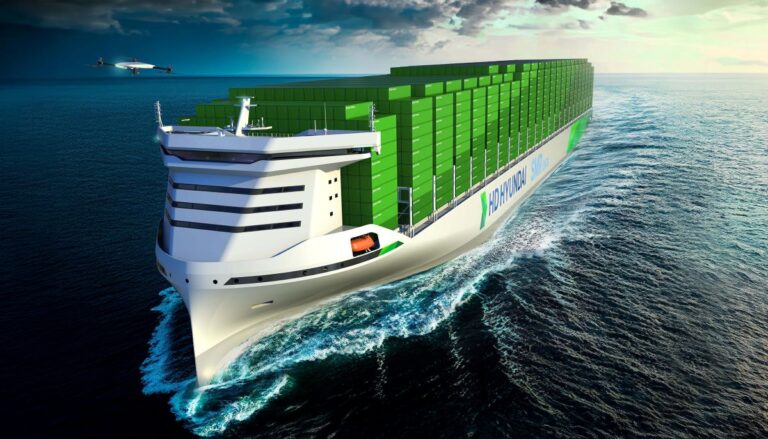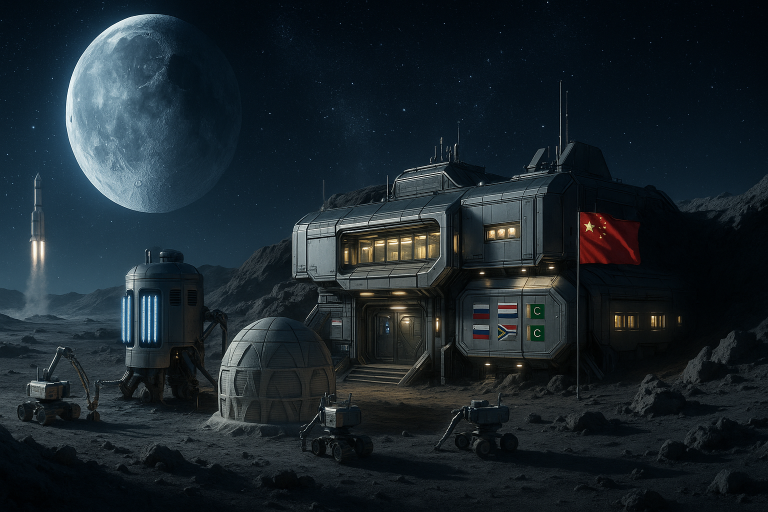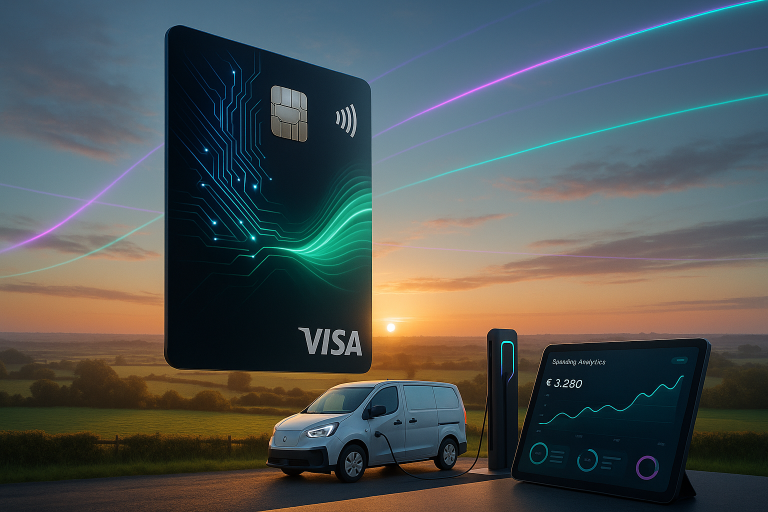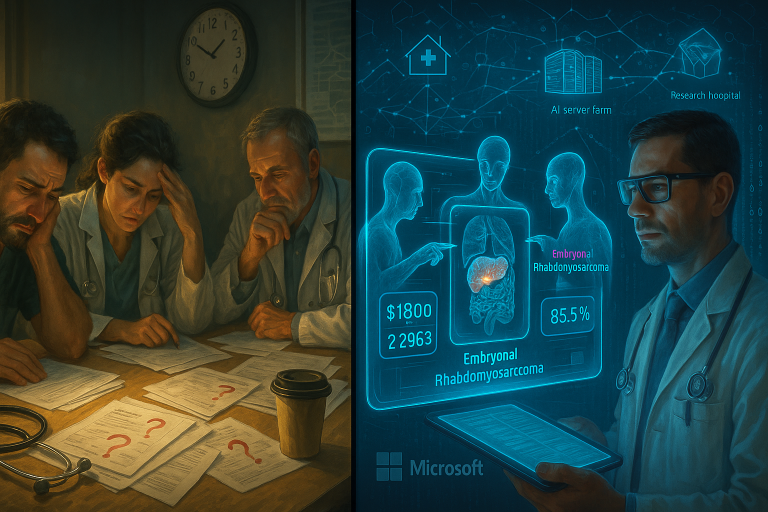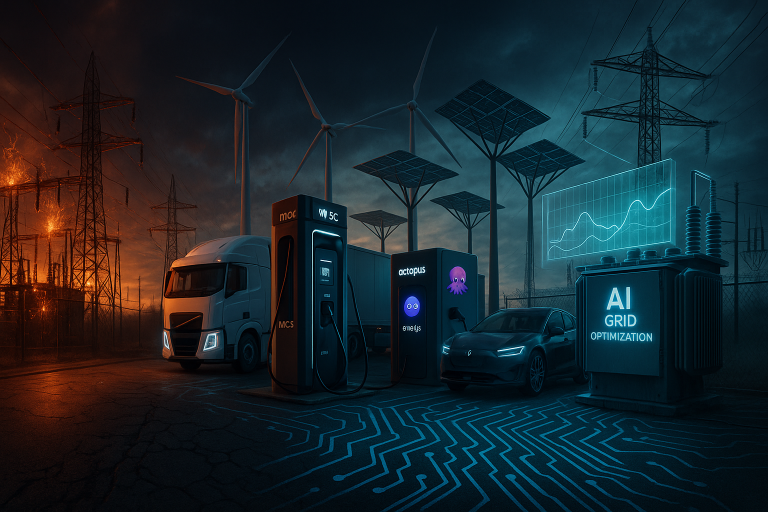Nuclear-Powered Ships: Navigating a Promising yet Complex Future for Maritime Transport
The global maritime industry, responsible for nearly 3% of the world’s carbon emissions, is under mounting pressure to decarbonize. Against this backdrop, HD Korea Shipbuilding & Offshore Engineering (HD KSOE) has unveiled a groundbreaking nuclear-powered container ship design—a bold step toward redefining sustainable shipping. While this innovation signals remarkable progress, it also underscores the intricate challenges of safety, regulation, and infrastructure that must be overcome to turn vision into reality.
A Technological Leap: HD KSOE’s Nuclear-Powered Design
The South Korean shipbuilding leader’s design, showcased in Houston in February 2024, adapts its existing 15,000 TEU (twenty-foot equivalent unit) container ship model, which previously received an Approval in Principle (AIP) from the American Bureau of Shipping (ABS). The updated version introduces transformative advancements:
- Space Optimization: By reconfiguring the traditional engine room layout, HD KSOE has freed up space for additional cargo capacity—a critical factor for profitability in the competitive shipping industry. This redesign demonstrates how nuclear propulsion’s compact power sources could enhance operational efficiency.
- Radiation Safety Innovations: Addressing longstanding public concerns, the design incorporates a dual-layer shielding system. Combining stainless steel and light water in a double-tank structure, this system aims to contain radiation leaks while minimizing weight—a balance crucial for maintaining vessel performance.
- Enhanced Propulsion Efficiency: Partnering with U.S.-based Baker Hughes, HD KSOE integrated a supercritical carbon dioxide (sCO₂) propulsion system. This technology, which operates at higher pressures and temperatures than traditional steam systems, promises a 5% boost in thermal efficiency. While incremental, such gains highlight the potential for iterative improvements in nuclear maritime tech.
The Promise of Nuclear Propulsion
Industry leaders like ABS Chairman Christopher J. Wiernicki argue nuclear power could revolutionize shipping by offering:
- Zero Operational Emissions: Eliminating reliance on fossil fuels like heavy oil, a major source of sulfur and CO₂ emissions.
- Unmatched Power and Speed: Enabling faster transits and larger vessels without refueling stops—nuclear reactors can operate for years before needing fuel replacement.
- Portside Energy Solutions: “Reverse cold ironing,” where ships supply surplus power to ports, could turn vessels into mobile energy hubs, supporting coastal infrastructure.
Challenges on the Horizon
Despite its promise, nuclear shipping faces significant hurdles:
- Regulatory and Safety Frameworks:
- Global standards for nuclear maritime transport remain fragmented. Harmonizing regulations across jurisdictions—addressing reactor safety, waste disposal, and accident liability—will require unprecedented international cooperation.
- Insurance models must evolve to cover nuclear risks, which traditional maritime insurers currently avoid due to high potential liabilities.
- Public Perception and Crew Training:
- Historical nuclear accidents, like Fukushima, linger in public memory. Transparent communication about safety protocols and radiation containment will be vital to gaining societal acceptance.
- Crews will need specialized training in nuclear operations, necessitating new certification programs and potential partnerships with naval institutions (e.g., nuclear submarine training centers).
- Economic Viability:
- While ABS estimates long-term costs could rival fossil fuels when factoring in emissions penalties and fuel savings, upfront expenses for reactors, infrastructure, and waste management remain daunting.
- Ports will need significant upgrades to handle nuclear vessels, including emergency response systems and refueling facilities.
Strategic Moves Toward Commercialization
HD KSOE is laying groundwork for the 2030s:
- A marine nuclear demonstration facility in Yongin, South Korea, will test reactor integration and safety systems.
- Collaboration with TerraPower (a Bill Gates-backed nuclear innovator) on small modular reactors (SMRs) highlights the industry’s shift toward scalable, safer nuclear solutions. HD KSOE’s role in manufacturing components for TerraPower’s Natrium reactor in Wyoming provides practical experience in next-gen nuclear tech.
The Road to 2050: A Balanced Outlook
The International Maritime Organization’s net-zero-by-2050 target may hinge on nuclear propulsion, but its adoption is not guaranteed. Competing alternatives like green ammonia and hydrogen also vie for dominance, each with their own infrastructure challenges.
For nuclear to succeed, stakeholders must:
- Accelerate Regulatory Dialogue: Organizations like the IMO and IAEA should spearhead unified safety and licensing frameworks.
- Invest in Public and Private Partnerships: Governments could incentivize first movers with subsidies, while private firms prioritize R&D to reduce costs.
- Pilot Projects: Small-scale deployments, such as nuclear-powered icebreakers or regional ferries, could build confidence before scaling to transoceanic cargo ships.
Conclusion
HD KSOE’s nuclear-powered container ship design marks a pivotal moment in maritime history. While the technology’s potential to decarbonize shipping is undeniable, its future hinges on navigating a labyrinth of technical, economic, and social complexities.
As the industry races toward 2050, the next decade will be decisive—testing whether nuclear propulsion can transition from a promising concept to the backbone of a cleaner, faster, and more efficient global fleet. The journey ahead is as challenging as it is revolutionary, demanding collaboration, innovation, and unwavering commitment to safety.

